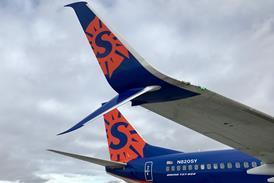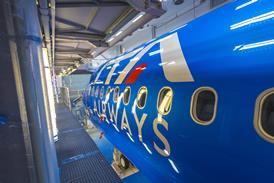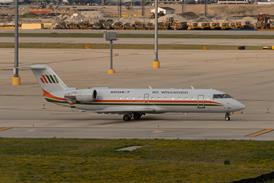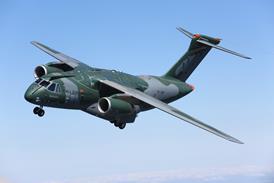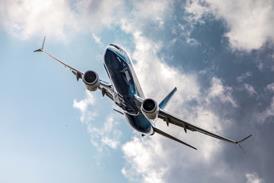DAVID FIELD / HERNDON
Record hold-ups force agency to rethink routes and improve weather information
The US Federal Aviation Administration has prepared a set of efficiency tactics and weather tools for this summer in an effort to avoid the record delays encountered in the US air transport system in 2000 and 2001.
The new tools are based on better and more frequent weather information, with new airspace organisation and routings. They are required because air traffic has returned to almost 98% of the levels prevailing before last September's terrorist attacks, according to FAA administrator Jane Garvey. Delays in 2000 were up 19% on the previous year to 1,234 delayed flights a day, costing carriers $6.5 billion - the worst delay year on record. The national airspace system was threatened with gridlock before the attacks.
"We've come an incredibly long way since the delays of the summer of 2000," says Garvey. "Last year alone we were able to reduce delays almost 13% over the previous year. This year, we're continuing to refine our tools."
The weather factor is key to the improvements, says Garvey. Using a National Weather Service collaborative convective forecast product, the FAA will update users every 2h, instead of every 4h. The agency will also use corridor integrated weather system software to combine data from several radars, allowing the FAA to cancel ground stops sooner, says tactical operations manager Jack Kies.
For the first time, the administration will call severe weather regions flow-constrained areas to enable controllers to identify flights that are most likely to be delayed and encourage airlines to plan around weather faster. Garvey stresses that decisions will be made in collaboration with users.
The FAA has also developed 15 new airspace sectors to manage choke points and will have four more in place by July.
It has increased the use of US military and Canadian airspace to give controllers room for new routings around weather. Following US Navy co-operation, civilian traffic will now be able to use previously restricted sectors - Virginia Capes airspace - off the US east coast, which will support at least an additional 215 daily flights. Through co-operation with Canadian navigation service provider Nav Canada, the FAA has opened five new routes to accommodate at least 110 additional daily flights around weather between the Mississippi and the north east. The FAA has also opened oceanic routes to properly equipped aircraft flying between north and south, for use when weather blocks inland east coast routes.
FAA director of air traffic services Bill Peacock says that, although international flights into the USA are still down by between 5% and 7%, US air traffic levels in general are expected to recover this summer to "meet and exceed" 2001 peaks.
Source: Flight International

